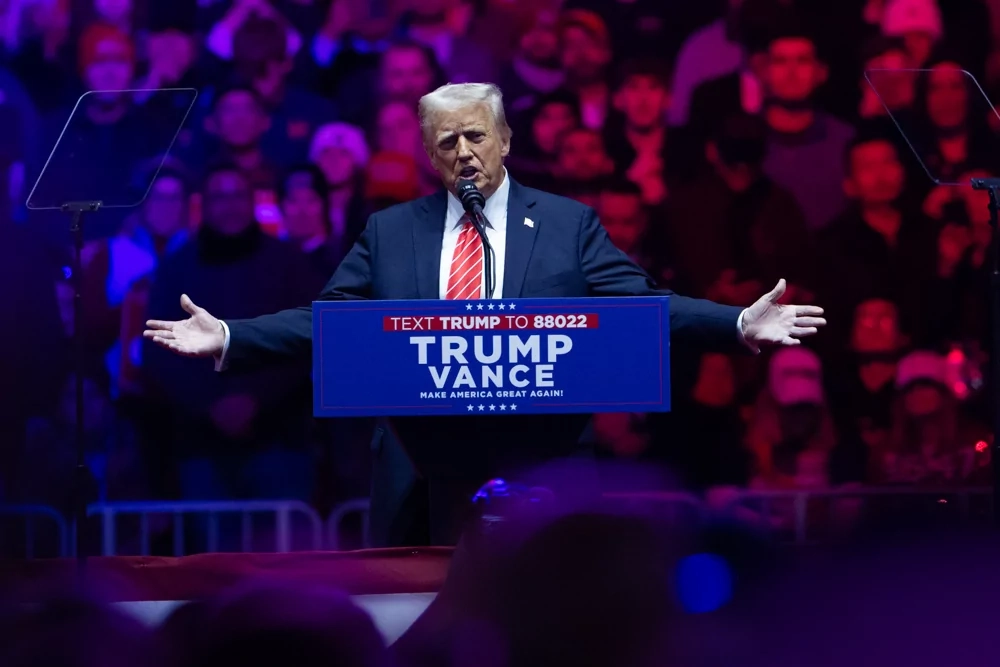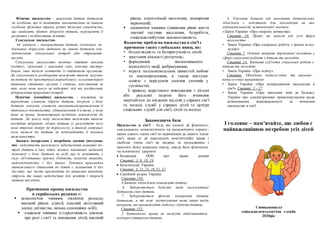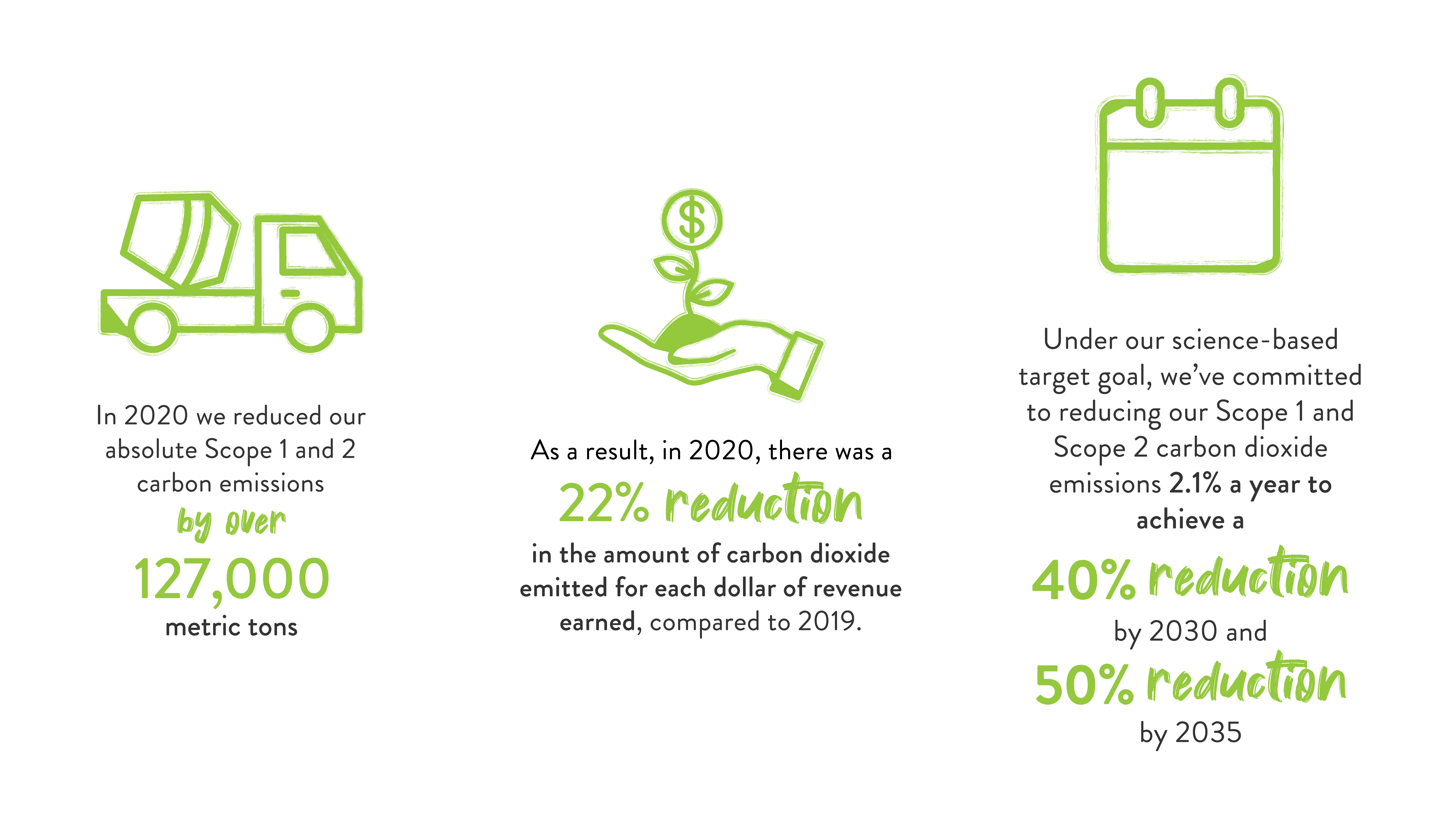Trump's Missile Shield Plan: Promises, Challenges, And Potential Outcomes

Table of Contents
The Promises of Trump's Missile Shield Plan
Trump's proposed missile shield was envisioned as a multi-layered defense system designed to protect the United States from ballistic missile attacks. The plan aimed to bolster the nation's defenses against a range of threats, from rogue states to state-sponsored terrorism.
Enhanced National Security
The primary promise of Trump's Missile Shield Plan was a significant enhancement of US national security. The proposed system aimed to:
- Increased protection against rogue states: Provide a robust defense against ballistic missile attacks from countries like North Korea and Iran.
- Improved strategic deterrence: Deter potential adversaries from launching missile attacks by demonstrating a credible capability to intercept incoming warheads.
- Reduced reliance on nuclear weapons (potentially): By enhancing conventional defenses, the plan could theoretically reduce the perceived need for nuclear deterrence.
The plan proposed significant technological advancements, including improved radar systems, interceptor missiles, and space-based sensors. These advancements were intended to create a more comprehensive and effective defense against a wider range of missile threats, including those employing advanced technologies like hypersonic glide vehicles.
Economic Benefits
Proponents of Trump's Missile Shield Plan argued that it would generate substantial economic benefits for the United States. These benefits included:
- Stimulus to the defense industry: The development and deployment of the system would inject billions of dollars into the defense sector, stimulating growth and innovation.
- Job creation in related sectors: Thousands of high-skilled jobs would be created in engineering, manufacturing, and related industries.
However, critics countered that these economic gains might be outweighed by the immense financial burden of developing and maintaining such a system. Detailed economic impact assessments were scarce, making it difficult to accurately gauge the net economic effect.
Geopolitical Influence
Trump's Missile Shield Plan also had significant geopolitical implications. The plan aimed to:
- Strengthened alliances: Reinforce the US commitment to its allies and bolster their confidence in the face of potential threats.
- Shift in power dynamics: Potentially shift the global balance of power by enhancing US military capabilities and deterring aggression.
- Potential for increased arms races: However, the plan also carried the risk of triggering an arms race, as other nations might feel compelled to develop their own missile defense systems or enhance their offensive capabilities in response.
The reactions of other countries, particularly Russia and China, were anticipated to be highly significant. These nations voiced concerns about the destabilizing effects of the plan and its potential to undermine existing arms control agreements.
Challenges and Criticisms of Trump's Missile Shield Plan
Despite its ambitious goals, Trump's Missile Shield Plan faced numerous challenges and criticisms.
Technological Feasibility
A major challenge centered on the technological feasibility of creating a truly effective missile shield. The plan encountered significant hurdles:
- Complexity of intercepting hypersonic missiles: Intercepting hypersonic missiles, which travel at incredibly high speeds and maneuver unpredictably, presents a significant technological challenge.
- Limitations of current technology: Current technology is not yet capable of consistently intercepting all types of ballistic missiles, especially those employing sophisticated countermeasures.
- Cost overruns: The development and deployment of a comprehensive missile defense system is incredibly expensive, with the potential for significant cost overruns.
Numerous expert reports highlighted the limitations of existing technologies and the difficulty of achieving complete protection against sophisticated missile attacks.
Financial Costs
The financial cost of implementing and maintaining Trump's Missile Shield Plan was a significant point of contention. The plan faced:
- High initial investment: The initial investment required for research, development, and deployment would be substantial, running into tens or even hundreds of billions of dollars.
- Ongoing operational costs: Maintaining and upgrading the system would require significant ongoing operational costs, placing a considerable burden on the national budget.
- Opportunity costs: The immense resources allocated to the missile defense system could have been used for other national priorities, such as healthcare, education, or infrastructure development.
Estimates of the total cost varied significantly, adding to the controversy surrounding the plan’s economic viability.
International Relations
The plan's potential negative impact on international relations was another major concern:
- Arms race escalation: The plan could trigger a new arms race, as other countries invest in more advanced offensive missile systems to overcome the US defense.
- Violation of international treaties: The deployment of certain elements of the system might violate existing arms control treaties and international agreements.
- Strained relationships with other nations: The plan could strain relationships with allies and adversaries, leading to increased geopolitical tensions.
The potential for negative reactions from Russia and China, as well as other countries, was a serious concern, potentially undermining global stability.
Potential Outcomes and Long-Term Implications of Trump's Missile Shield Plan
The long-term impact of Trump's Missile Shield Plan remains uncertain, with a range of potential outcomes.
Success Scenarios
If the plan were successfully implemented, it could lead to:
- Increased national security: Improved protection against ballistic missile attacks, reducing the vulnerability of the US to such threats.
- Deterrence of aggression: Deter potential adversaries from initiating missile attacks, enhancing overall stability.
- Reduced risk of missile attacks: Lowering the likelihood of successful attacks, thus reducing the chance of large-scale casualties.
A successful scenario would likely reshape geopolitical dynamics, potentially altering the balance of power and influencing international relations in favor of the US.
Failure Scenarios
If the plan failed to meet its objectives, the consequences could be severe:
- Wasted resources: Massive expenditure on a system that proves ineffective would represent a significant waste of taxpayer money.
- Increased global instability: A perceived failure could embolden potential adversaries, increasing the risk of conflicts and potentially leading to an arms race.
- Escalation of arms races: Other nations might respond by developing more powerful offensive weapons, triggering a dangerous cycle of escalation.
Unintended Consequences
Beyond success or failure, the implementation of Trump's Missile Shield Plan might have unintended consequences:
- New security vulnerabilities: The system itself could create new vulnerabilities, potentially becoming a target for cyberattacks or other forms of sabotage.
- Shifts in alliances: The plan could strain or strengthen alliances based on individual nations' responses and perspectives.
- Changes in military doctrine: The deployment of a missile defense system could necessitate significant changes in military doctrine and operational procedures.
Experts emphasize the importance of carefully considering these potential unintended consequences in evaluating the long-term impact of the plan.
Conclusion
Trump's Missile Shield Plan represented a bold and ambitious attempt to revolutionize US missile defense capabilities. The plan promised enhanced national security, economic benefits, and a strengthened geopolitical position. However, it also faced significant challenges regarding technological feasibility, financial costs, and potential negative impacts on international relations. The ultimate success or failure of the plan, and its long-term implications, remain uncertain, highlighting the complexities and potential risks associated with pursuing such ambitious defense initiatives. Learn more about Trump's Missile Shield Plan and its implications for global security to stay informed about this crucial aspect of international relations and defense strategy. Continue the discussion on the feasibility and potential outcomes of this ambitious plan.

Featured Posts
-
 Betalingen Vereenvoudigd Tikkie Voor Nederlandse Bankrekeningen
May 22, 2025
Betalingen Vereenvoudigd Tikkie Voor Nederlandse Bankrekeningen
May 22, 2025 -
 Naslidki Vidmovi Ukrayini U Chlenstvi V Nato Zrostannya Zagrozi Rosiyskoyi Agresiyi
May 22, 2025
Naslidki Vidmovi Ukrayini U Chlenstvi V Nato Zrostannya Zagrozi Rosiyskoyi Agresiyi
May 22, 2025 -
 Home Depot Misses Expectations But Reiterates Tariff Impact Assessment
May 22, 2025
Home Depot Misses Expectations But Reiterates Tariff Impact Assessment
May 22, 2025 -
 Testez Vos Connaissances Quiz Loire Atlantique
May 22, 2025
Testez Vos Connaissances Quiz Loire Atlantique
May 22, 2025 -
 Occasionverkopen Abn Amro Analyse Van De Recente Stijging
May 22, 2025
Occasionverkopen Abn Amro Analyse Van De Recente Stijging
May 22, 2025
